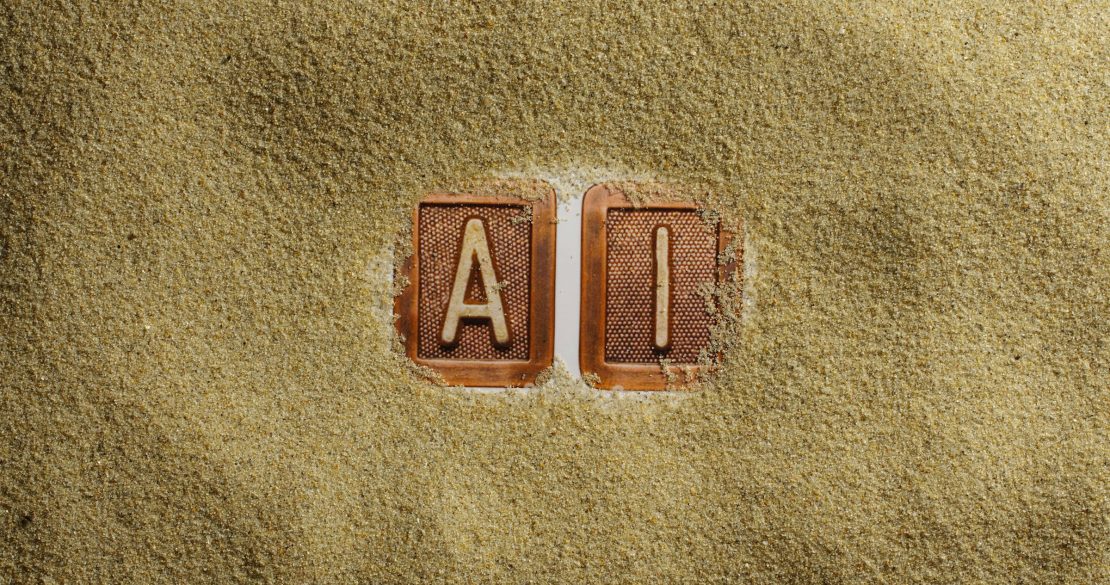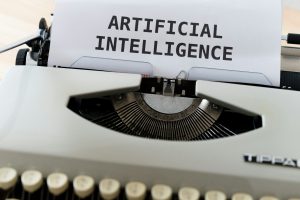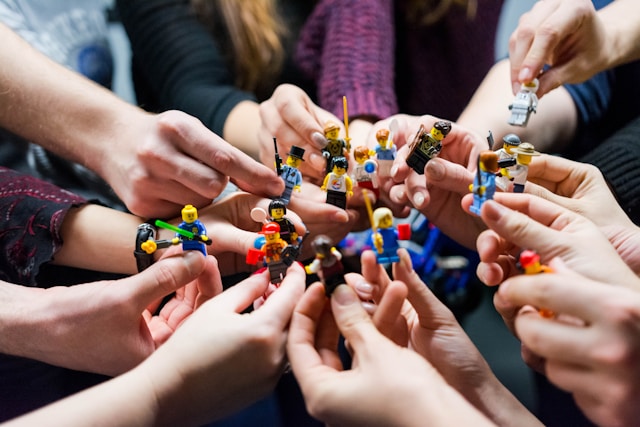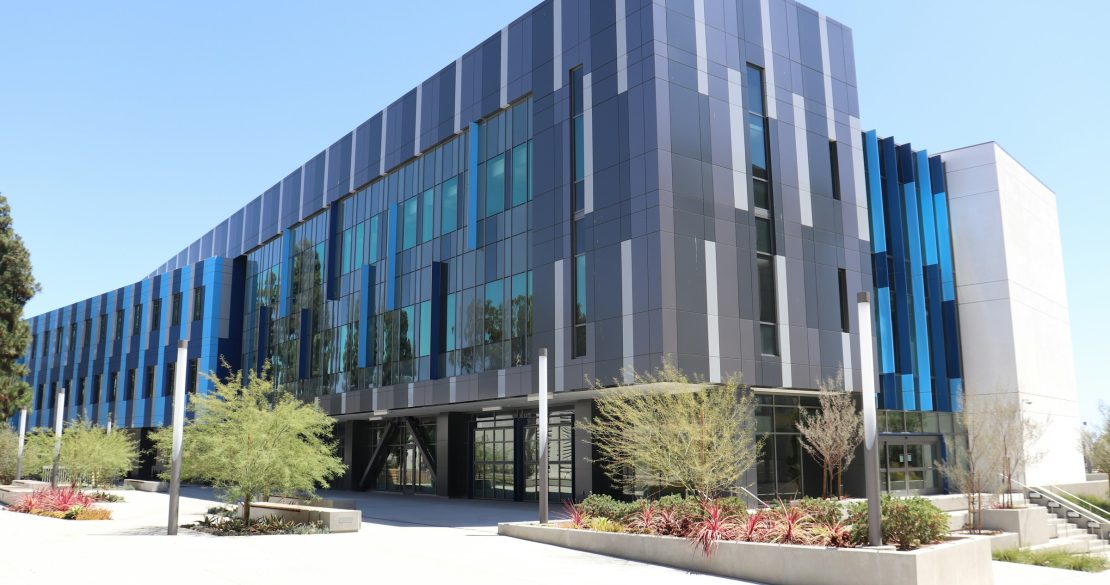Artificial Intelligence, or AI, seems to be taking over many aspects of our lives. I don’t write with AI, but busy professionals who need to create an outline for a report, article, or other piece of work use AI tools like ChatGTP to help them get ahead and save the time that starting from scratch would take.
When it comes to the building and construction industry, AI is an excellent tool used in planning, execution, and management of a project from start to finish. The time saved, along with the manpower that can be put to better use in other areas, is well worth considering making it a part of your next project.
Table of Contents
What is AI?
How is AI being Used in the Construction Industry?
Project Management
On-Site Safety
Design Phase
Predicting Construction Material Shortages
Demand Forecasting & Planning
Trend Analysis & Predictive Analytics
Real-Time Inventory Tracking & Management
Supplier Optimization
Predictive Maintenance & Risk Mitigation
Integration with Supply Chain
Final Thoughts
What is AI?
Artificial Intelligence, or AI, is a kind of technology that enables computers and other “smart” machines to simulate human learning, comprehension, problem solving, decision making, creativity, and autonomy. IA is an excellent tool to help automate processes, predict outcomes, and execute complex directions or problems faster than a human can.
How is AI Being Used in the Construction Industry?
There are a lot of moving parts in the construction industry, starting from the initial design of a building, into construction, and management throughout the build – including safety and risk assessment. With AI, these critical processes are optimized.
Project Management
In project planning, AI algorithms can analyze vast amounts of historical data from past projects. These algorithms them process the data to help predefined potential delays, identify risks, and create efficient scheduling. Identifying bumps and bottlenecks, construction managers can take proactive steps toward keeping a project on track – and on budget.
On-Site Safety
“Heads up!” or “watch out!” or other forms of alerting others to potential dangers is for immediate dangers on the construction site from things being knocked over or other minor accidents.
A subset of AI, called computer vision technology, monitors construction sites in real-time. While it won’t be immediate like another worker calling out to tell associates to get out of the way or risk getting his with falling debris, the system “watches” for safety hazards such as workers without safety gear like gloves or helmets, or machinery that may be operating outside of safe parameters. The system alerts site managers in an instant, reducing or preventing accidents and improving overall safety compliance on the jobsite.
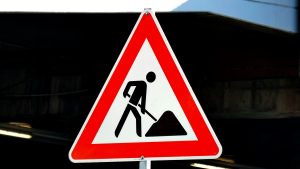
In addition to this monitoring, AI can analyze historical safety data to identify patterns that have preceded accidents. “Seeing” an accident before it happens goes a long way in prevention: it’s reported companies that use AI-driven safety tools see as much as a 25% reduction in workplace accidents. What does that mean? Fewer injuries and lower insurance costs!
Design Phase
In our opinion, nothing beat the personal and creative touch of a human when it comes to creating and developing a building, individualizing floor plans and fixtures, and creating a pleasing aesthetic. After all, that’s what we do at Structr Group.
However, generative design – using AI to create brand-new content like pictures, video, text, or even blueprints for a building – is gaining popularity in the construction world. This technology offers architects, designers, and engineers to input specific design goals and constraints to create a range of optimized design options. Generative AI takes into account materials, budget, building codes, and more to come up with an efficient and cost-effective design.

Generative AI can cut out several steps when it comes to drawing, amending, and redrawing plans to come up with the perfect building for your needs. By generating multiple plans at once, you have several designs at once to choose from instead of waiting weeks for a single person to create, draw, and deliver plans for each iteration.
Predicting Construction Material Shortages
Nothing is worse than being in neck-deep in a project and finding out the materials you need to keep going are running low of have run out, and getting more will take significant time. Possibly stopping work until the needed materials are acquired and delivered.
Demand Forecasting & Planning
We’ve talked about AI’s ability to analyze historical and other data to come up with a plan to move forward. Not only can AI be used to look back on what has been done, it can also use its sophisticated algorithms to take into account current market trends and external factors like seasonality, customer preference changes, and even macroeconomic data. With all this data so close at hand, project managers are able to optimize inventory levels and minimize the risk of shortages or excesses. Other AI tools, such as construction financial management tools allow companies to significantly enhance planning and execution strategies.
Trend Analysis & Predictive Analytics
AI’s ability to process vast amounts of data is lauded throughout every industry that uses it. AI’s processing power takes your data and analyzes it for patterns and trends indicative of future material shortage. Important data like weather forecasts, trade policies, and global economic events are assessed to predict any disruptions in the supply chain.
For example, when my son was completing his Eagle Scout project in the spring or 2021, building supplies like the wood needed and even paint and nails came at a premium price. Building supply stores that had previously donated such items to projects like his refused to even discount the goods. This was due to the shortages being experienced by the store due to the disruptions in the supply chain of many goods.
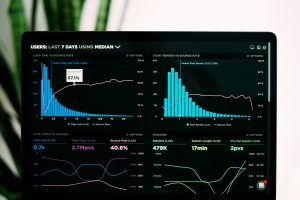
When the events of 2020 occurred, businesses could have used AI tools to predict that estimated shortage and increase in price to adjust ordering routines and have the supply to fulfill paying customer demand as well as continue to give generously to community projects. The need to stay in business needs to come before the desire to assist in worthy causes, since one leads to the other.
Using AI to predict such occurrences, and facilitate day-to-day planning, allows managers to take proactive measures to mitigate such risks, especially since constructing a home, entire office building, or other large building takes infinitely more planning and materials than a small-scale building project of archery target stands for a shooting range.
Real-Time Inventory Tracking & Management
Jobsite management tools that take advantage of AI processes provide comprehensive insights into the materials, tools, and equipment you have on-hand for any given project. Construction document management systems use AI for continuous monitoring of inventory to reduce instances of both overstocking or stockouts.
These management tools ensure each project remains on course and on budget, and prevent unexpected delays due to material shortages which could have been prevented. Choose a tracking tool that can not only keep track of your inventory, but also supply you with accurate, up-to-date information all the time.
Supplier Optimization
In business, they say it’s not what you know but who you know. Building these relationships and long-term trust isn’t just about individual people, but about finding the right B2B companies to work with for your project. While some maybe consistently the best and a company you’ve worked with for years or even decades, at times it may be necessary to go with someone else.
Choosing the right suppliers is essential in managing construction material shortages. AI can evaluate and select the best suppliers based on various criteria, including price, quality, delivery timeliness, and collaboration history. This ensures companies work with reliable suppliers, significantly reducing the risk of material shortages that could hinder project progress. Furthermore, establishing collaborative relationships with these suppliers can enhance project delivery and service quality.
Predictive Maintenance & Risk Mitigation
Twice a year, the maintenance staff at the apartment complex we live in comes around to do preventative maintenance. They change out air filters, test smoke detectors, and take note of any other repairs needed. By catching problems early, they prevent the need for more costly repairs or replacements down the line. This may even include paying for a resident’s hotel accommodations while a major repair takes place.
Translate this to your jobsite. Regular maintenance and inspection is a must, but humans may miss things, or be unable to take previous data into account during real-time inspections. Integrating AI technology in this area can enhance predictive maintenance strategies.
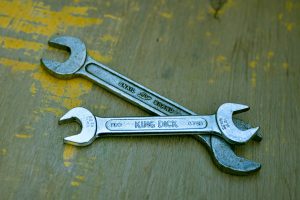
AI analyzes historical data to predict potential equipment failure, and assess the impact of the failure on material shortages. This data analysis allows your jobsite team to devise proactive maintenance strategies and schedules. With real-time monitoring powered by AI, you’ll have an accurate look at the supply chain to plan immediate responses to anomalies and prevent production downtime.
Integration with Supply Chain
Seamlessly integrate your own system with your suppliers’ systems. By doing so you’ll ensure materials are ordered, delivered, and replenished when necessary to keep jobs running smoothly. You’ll avoid pitfalls like the need for large storage spaces, material wastage from spoilage or obsolescence while it sits in storage waiting to be used.
This arm of AI I called comprehensive construction lifecycle management software. It provides enhanced coordination throughout the supply chain, ensuring the right jobsite is delivered the right materials when they need them.
Final Thoughts
Artificial Intelligence has built itself into the future of building a construction. It’s quickly turning into the preferred method to complete many tasks that would otherwise take one or more people multiple days to complete, or full-time dedication to a single task.
Using AI to predict job outcomes, as well as hurdles to completion like material shortages can help put your mind at ease and offer a smoother, less stressful experience on your next build.
Contact us today to talk about how these AI tools can make your next building experience nearly worry-free!


